Ischiopubic synchondrosis asymmetry (van Neck-Odelberg disease) is the characteristic enlargement of one of the ischiopubic synchondroses. It is largely considered an anatomic variant of skeletal development, given that it is a common and usually asymptomatic finding.
However, some cases are thought to be symptomatic and may correspond to MRI findings that suggest a stress reaction 7,8.
On this page:
Epidemiology
Occurs in all children before puberty during fusion of the pubic and ischial bones 3.
Clinical presentation
Most cases of ischiopubic synchondrosis asymmetry are observed in asymptomatic patients. Symptomatic cases are described as presenting with groin or buttock pain in ambulatory, pre-pubertal children 7,8.
Pathology
In younger children, the ischio-pubic synchondroses are symmetrically enlarged. Prior to fusion, enlargement may persist in the non-dominant leg due to greater mechanical stress. For example, in footballers, mechanical stresses are greater in the weight-bearing leg compared to the kicking leg. This causes a stress reaction in the synchondrosis. Similarly, preferential weight-bearing can cause asymmetrical enlargement contralateral to unilateral painful hip conditions 3.
Radiographic features
Recognition of an entity as a normal variant is important for radiologists when interpreting a pediatric pelvic radiograph. One of the key questions to ascertain is whether the region is painful or not:
-
if asymptomatic and there is no concerning antecedent history
it is unlikely to represent a sinister pathology other than just a developmental variant
-
if symptomatic or if there is a concerning antecedent history
it could still be a developmental variant although other important differential considerations should also be considered
Ischiopubic synchondrosis can be avid on bone scintigraphy 10 and FDG PET-CT.
Differential diagnosis
On imaging alone, the condition can mimic many other pathological entities including:
The preceding clinical history is crucial in image interpretation.
History and etymology
The condition is named after M van Neck and A Odelberg who initially described these findings in 1924 4,5.




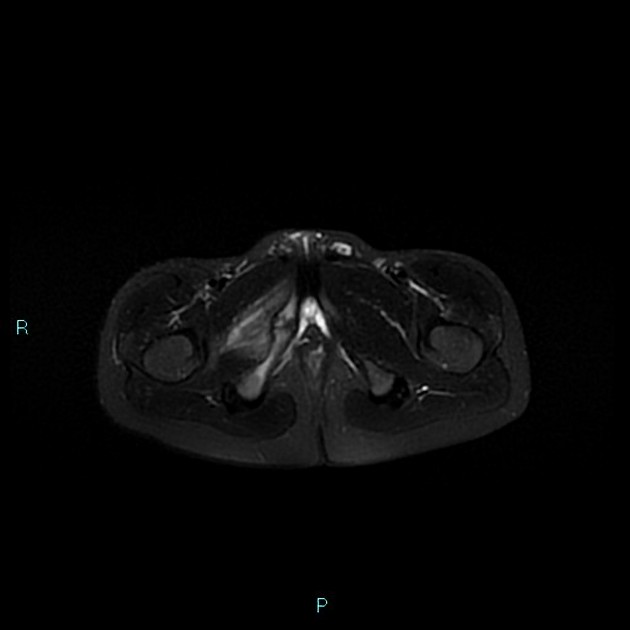
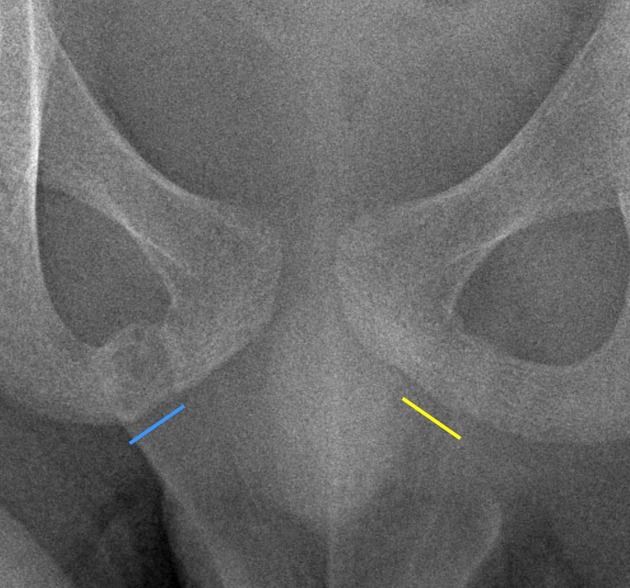
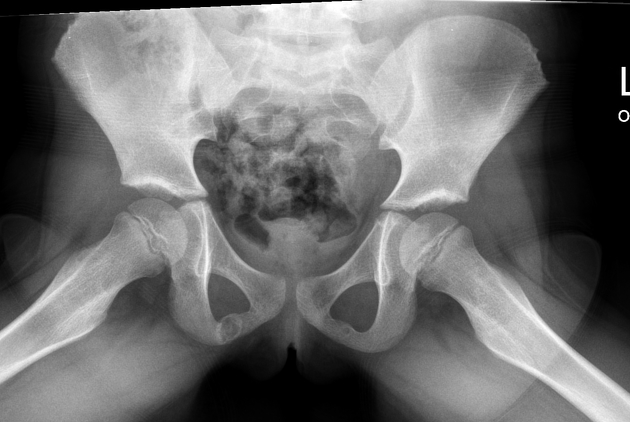
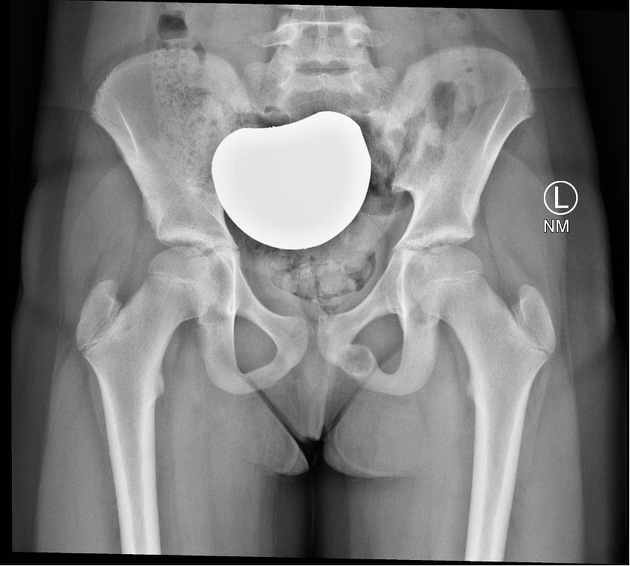
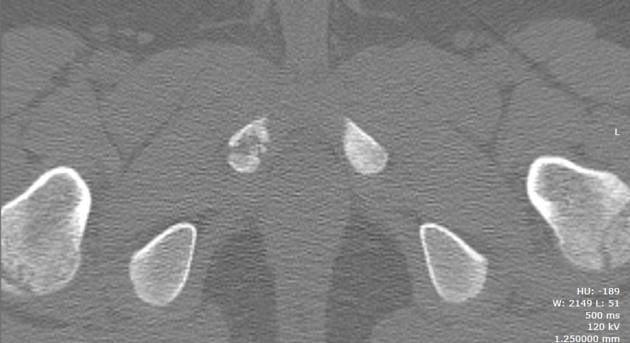
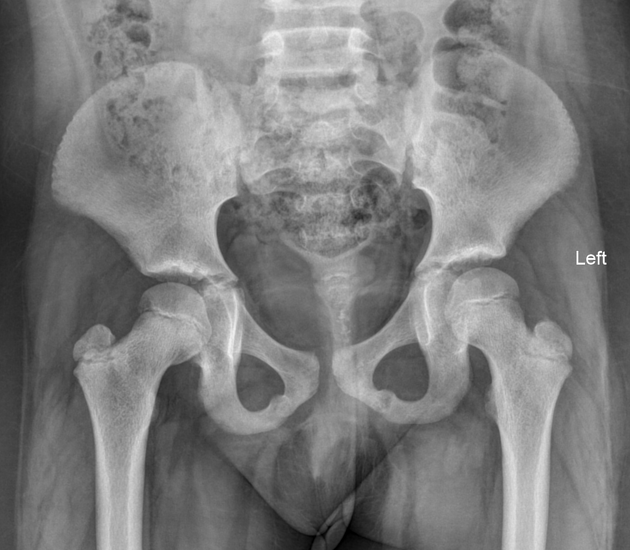

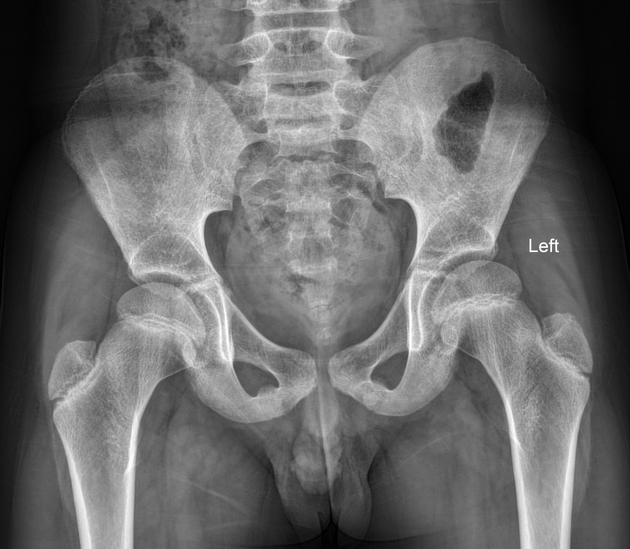
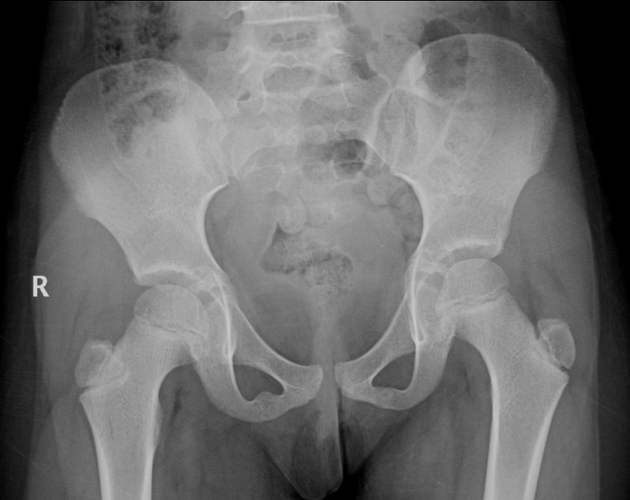
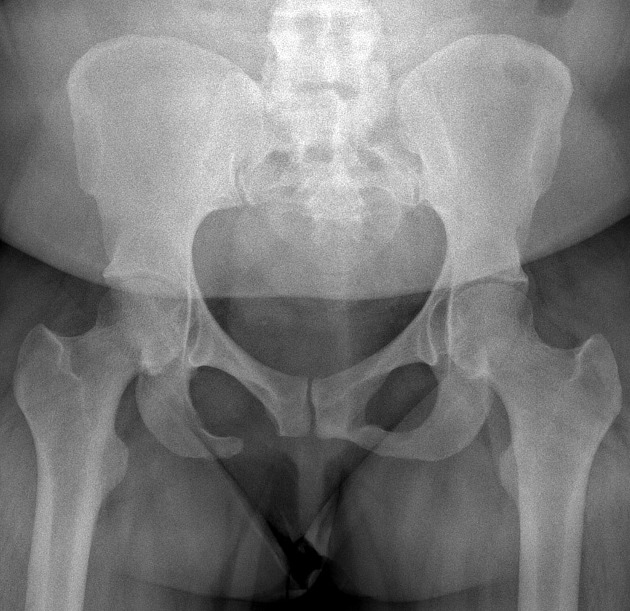


 Unable to process the form. Check for errors and try again.
Unable to process the form. Check for errors and try again.